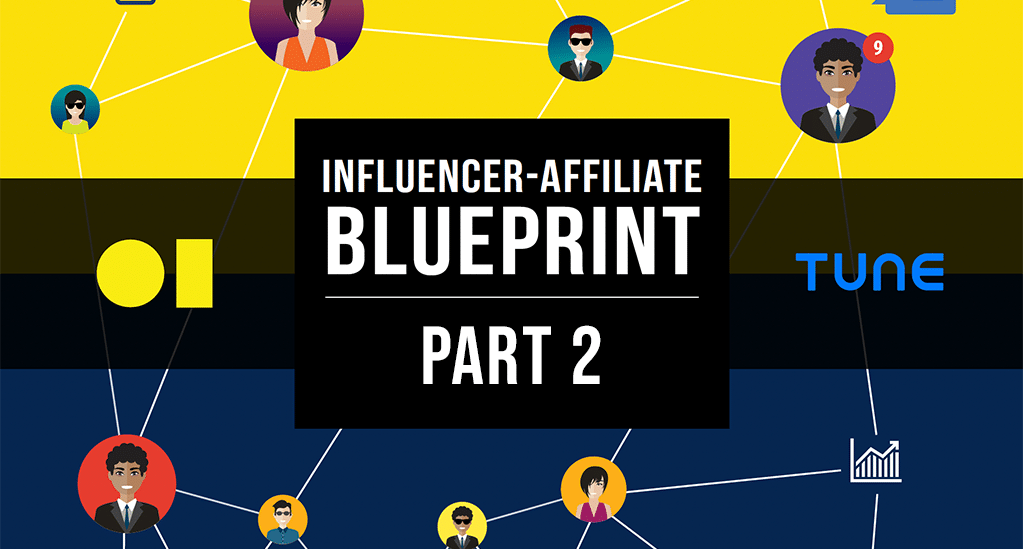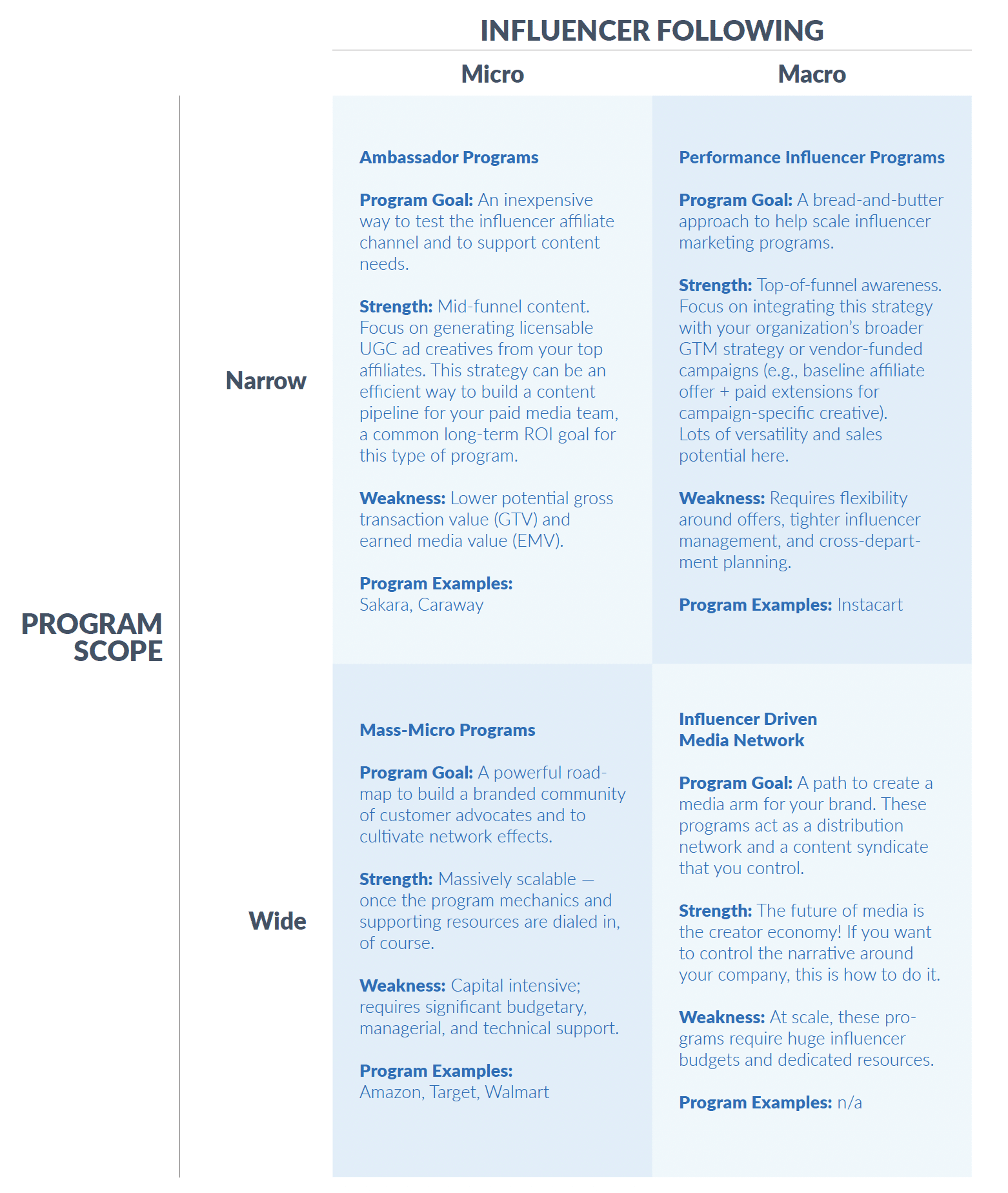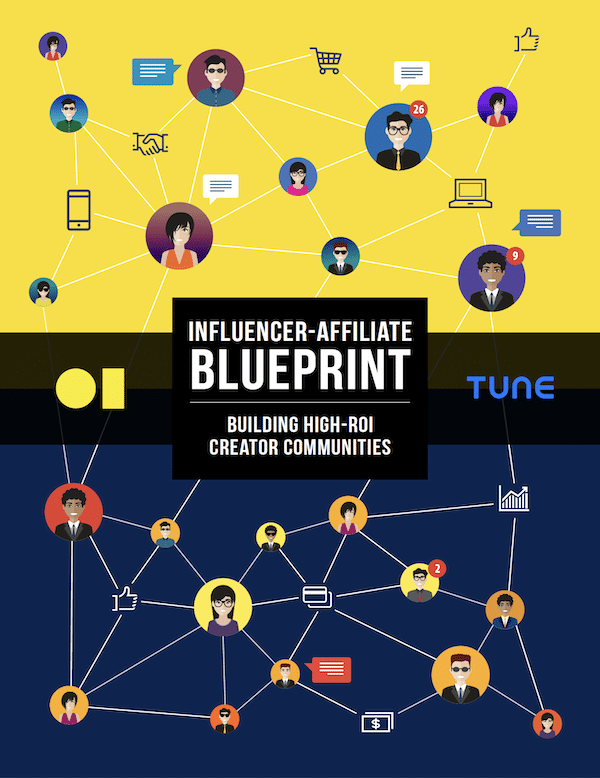
When social media influencers first stepped onto the scene, there were limited options for marketers to work with them. Sponsored posts, free products or services, and flat fees were the norm. Now influencers and creators are embracing performance-based advertising, opening a world of opportunities for themselves and the brands that partner with them. This doesn’t mean, however, that influencers and creators are the same as traditional affiliates. While both groups aim to drive conversions and boost brand visibility, they operate in fundamentally different ways and use distinct strategies to achieve their goals.
We’re covering the basics of influencer affiliate marketing in our new series, the Influencer-Affiliate Blueprint. For an introduction to the series and the e-book it’s based on, read Part 1 or watch our on-demand webinar.
In this post, we’re diving into the differences between the two groups and why influencer-affiliate programs are gaining momentum in today’s marketing landscape.
Download the Influencer-Affiliate Blueprint: Building High-ROI Creator Communities
How Do Affiliates and Publishers Differ from Influencers and Creators?
Traditional affiliates and publishers, rooted in the digital advertising ecosystem, have long relied on metrics like impressions, engagement rates, and clicks to measure success. In some cases, this focus on metrics can come at the expense of user experience. Navigating cluttered websites, wading through obviously AI-generated text, scrolling past pages of intrusive ads — it all harms the quality of users’ interactions with the content they’re looking for. When these less-than-ideal experiences add up, consumers can easily become frustrated, disinterested, and distrustful of the brands associated with them.
On the other hand, today’s influencer programs lean more toward authenticity and trustworthiness by leveraging the personal connection between social media creators and their dedicated followers. Brands that recognize the value of genuine engagement over sheer reach can foster deeper connections with audiences through relatable content and endorsements from trusted influencers. From this perspective, the affiliate industry’s leap to influencers makes sense, as it allows brands to create real connections and communities through their own ambassadors — without the corporate side of marketing getting in the way.
What Makes Influencer-Affiliate Programs Different?
Influencer-affiliate programs share the same pillars as traditional affiliate programs, but they require a different framework and fulfillment strategy. This is most evident in four areas of the program.
Program Strategy
Influencer programs come in all shapes and sizes. They can take a diverse range of approaches, categorized based on scope and the influencer’s degree of influence. From micro-influencers with niche audiences to macro-influencers commanding broader reach, brands have the flexibility to tailor their strategies to align with specific campaign objectives and target demographics. We’ve put together a graphic to illustrate this concept below:

Offers and Payments
Influencer programs also differ from traditional programs in their offers and payments. Unlike CPA (cost-per-action) offers, the bread and butter of affiliate programs, offers in influencer programs usually prioritize a tiered and blended approach. This means encompassing metrics beyond sales, such as views, likes, and shares. This multifaceted payment structure acknowledges the diverse contributions of influencers, incentivizing them to create compelling content that resonates with their audience while driving conversions.
The way you pay influencers and creators can also vary from the way traditional affiliates are paid. We go into this more in our e-book and on-demand webinar — you can watch a quick clip below.
Creative Production and Control
Creative is, hands down, the main differentiator between traditional affiliates and influencer affiliates.
Influencer-affiliate programs redefine creative production by moving beyond conventional banner ads and sponsored articles. Successful brands collaborate with influencers to craft authentic narratives and tell stories their audiences are interested to hear. This empowers creators as brand advocates rather than just another paid advertiser. This personalized approach nurtures brand loyalty and fosters deeper connections with consumers and communities.
For an example, check out ZeroTo1 (our e-book partner) and their Instacart case study here.
Tracking Technology
Influencer programs need specialized tracking technologies to effectively attribute conversions and measure campaign performance across channels. This is because the most popular social media platforms for creators are mobile-first, and the tracking works differently on mobile than on a desktop browser. For brands that are already running a traditional program, getting started with creator affiliates can be as simple as integrating an influencer toolkit. Adding dedicated influencer marketing tools to your existing tech stack will provide a holistic view of engagement metrics and ultimately allow you to run more effective, measurable campaigns.
How to Get Started with Influencer-Affiliate Marketing

As consumer preferences continue to evolve, influencer-affiliate programs offer a dynamic and adaptable approach to affiliate marketing. By prioritizing authenticity, fostering genuine connections, and embracing flexibility and creativity, brands can navigate the ever-changing digital landscape and forge lasting relationships with their target audience. Whether partnering with Instagram micro-influencers or the biggest names on TikTok, the key lies in building trust and telling stories to drive engagement and drive business results.
To learn more about the differences between creators and traditional affiliates, download the Influencer-Affiliate Blueprint: Building High-ROI Creator Communities.
Check back soon for Part 3!
Author
Becky is the Senior Content Marketing Manager at TUNE. Before TUNE, she handled content strategy and marketing communications at several tech startups in the Bay Area. Becky received her bachelor's degree in English from Wake Forest University. After a decade in San Francisco and Seattle, she has returned home to Charleston, SC, where you can find her strolling through Hampton Park with her pup and enjoying the simple things in life.


![Buy vs DIY: The Pros and Cons of Buying vs Developing Your Tracking Platform [Infographic]](https://www.tune.com/wp-content/uploads/2018/01/Blog-4-540x300.jpg)